- Potentially Treatable Condition
- Muscles / Tendons / Ligaments / Cartilages
- Sports Injury
- HOME
- ABOUT
- RESEARCH
- INSIGHTS & HAPPENINGS
- JOIN US
- CONTACT US
-
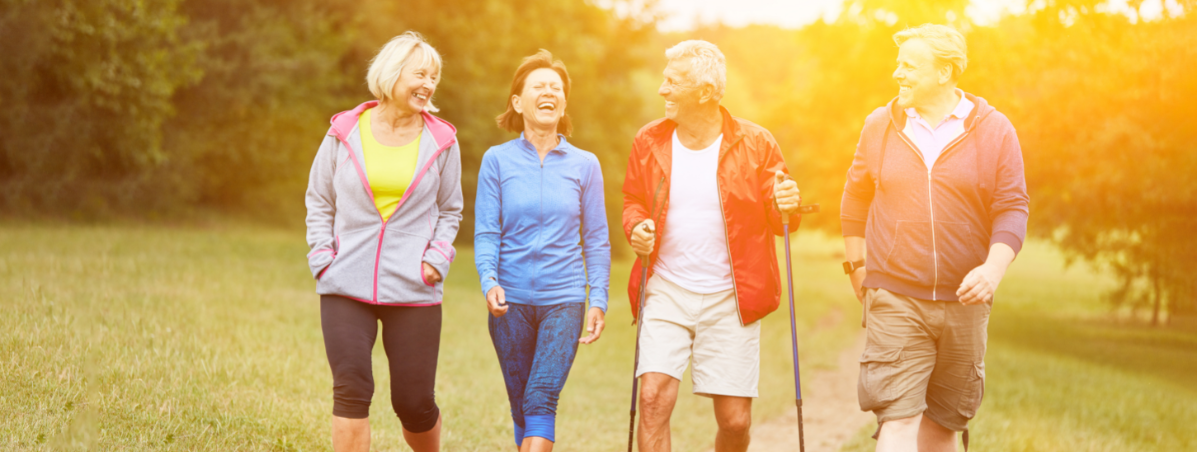

Exercise is essential for good health, but people are frequently injured while participating in sports or other physical activities. A sports injury is damage to a body part caused by sports, exercise, or athletic activities.
Sports injuries are common and can affect bones, muscles, tendons, ligaments, and other structures throughout the body. Many minor injuries can be treated at home with rest, ice, compression, elevation, and over-the-counter pain medications. However, some injuries require medical attention, such as immobilization, physical therapy, and surgery. A sports injury can be either acute (sudden and severe) or chronic (developing over time).
The signs and symptoms of a sports injury depend on the type of injury. Common symptoms
include:
Sports injuries have many causes, including:
Treatment for sports injuries varies greatly depending on the type and severity of the injury. Many sports injuries can be healed in a matter of days or weeks with rest and at-home care. However, for more serious injuries, treatment may include:
Another than that , The RICE method is a common treatment regimen for sports injuries. It stands for Rest, Ice, Compression and Elevation. This method of treatment is beneficial for minor sports injuries. Follow the RICE method within the first 24 to 36 hours after an injury for the best results. It can help reduce swelling and prevent further pain and bruising in the days following a sports injury.
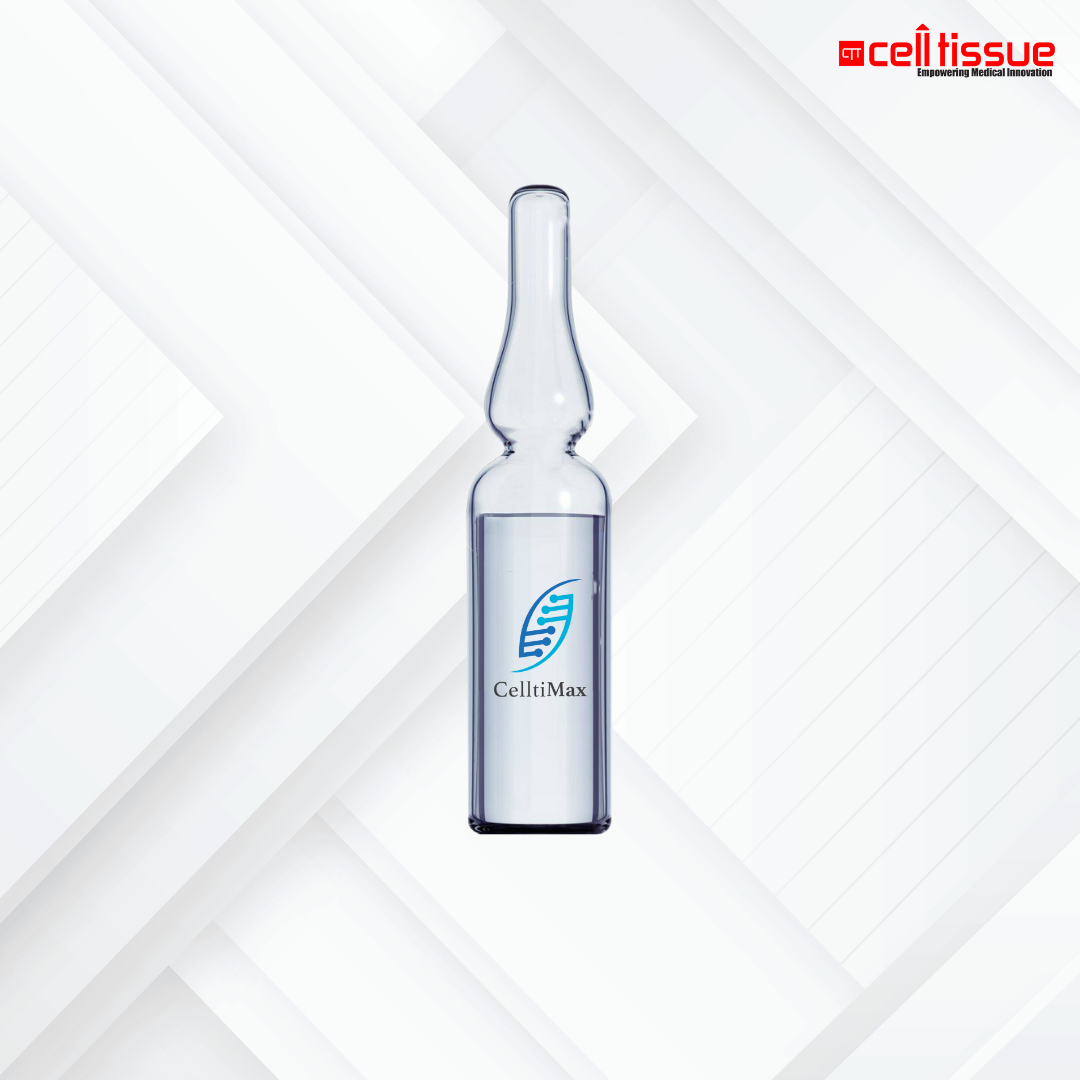
Stem cells are the body’s raw materials — cells from which all other cells with specialized functions are created. MSCs, adult stem cells, are one of the most extensively studied cell types for regenerative therapies. Adult stem cells have self-renewal, immunomodulatory, anti-inflammatory, signaling, and differentiation properties. Due to their regenerative effects, MSCs are very effective for many autoimmune and inflammatory medical conditions, making our standardized protocol suitable for many patients.
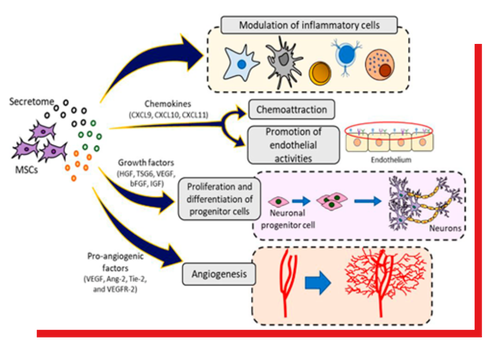
MSCs (mesenchymal stem cells) have already demonstrated therapeutic potential in animal models and human clinical trials for the treatment of a variety of degenerative disorders, including those related to muscle. MSCs can modulate and repair the abnormal condition of the myocytes (muscle cells).
There are several explanations for the role of MSCs in the treatment of muscle weakness. In vitro, MSCs can differentiate into specifically interested cells. When introduced into the body, they stimulate tissue repair by protecting it from programmed cell death and/or modulating inflammation (the underlying pathological process in many disorders), as well as forming new blood vessels via secretory molecules. MSCs are known to produce and secrete growth factors, cytokines, mRNA, and other biologically active molecules that provide functional benefits.
Cross the endothelial brain barrier
Enhanced immunity
Migrate to sites of injury
Improved metabolism
Communicate with and alter nearby cells
Reduced repetition
Encourage existing cells to self-repair
Increased communication ability
Immune modulation
Improved memory and learning capacity
Transform into neurons
Improvements in verbal skills, writing skills, self-care skills, attention span, and concentration
Promote the formation of nerve cell axons
Tolerance of different foods
If you feel we might be able to offer meaningful improvement to both your condition and your quality of life, then please reach out to schedule a free consultation with one of our in-house clinical experts. We offer consultations in both Malay and English.
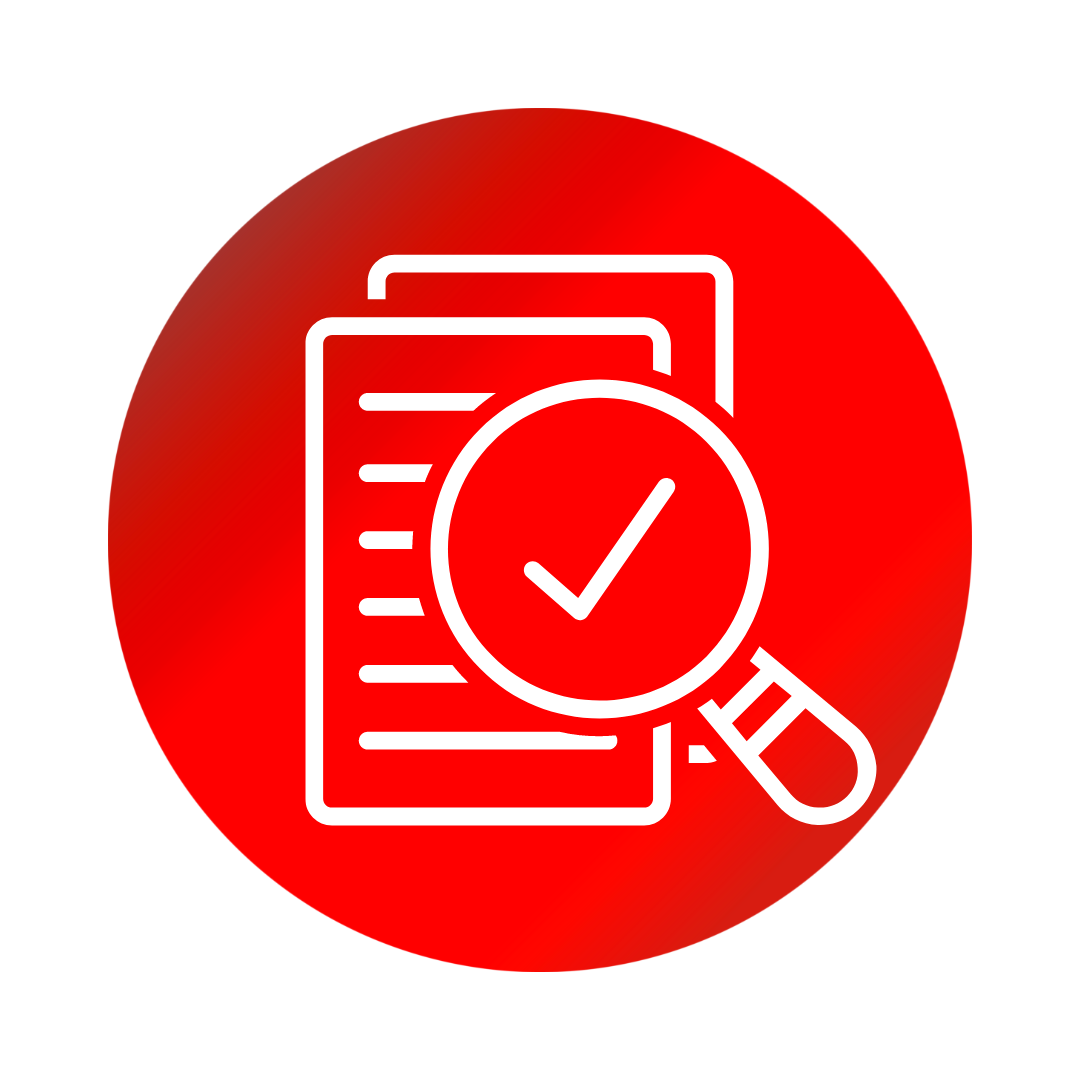


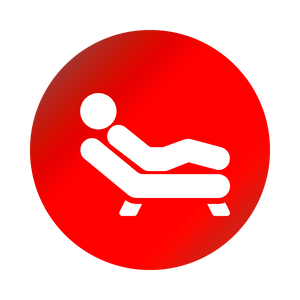

Review your medical history & recent evaluations
Explore what your treatment package might look like
Answer any questions you have about us
Answer any questions you have about the therapies
Discuss practical next steps,
if you feel we can effectively treat you
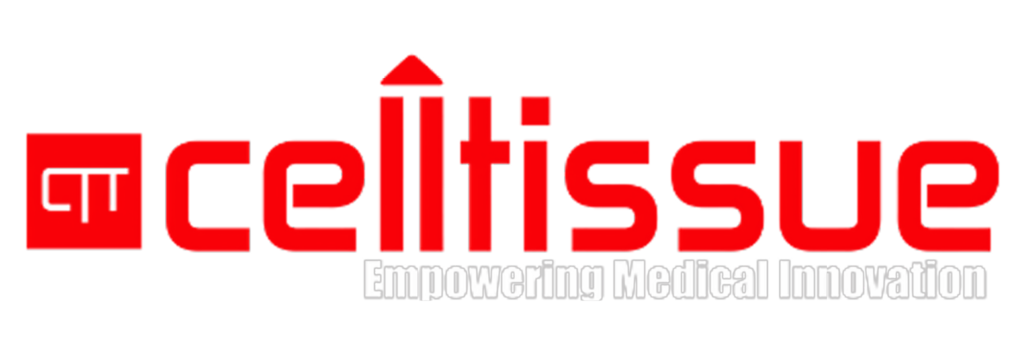
Founded in 2010, Cell Tissue Group is a pioneering Malaysian medical technology company and a spin-off from the National University of Malaysia (UKM). As Malaysia’s first Tissue Engineering firm, Cell Tissue Group operates within a certified GMP Lab, ensuring the highest standards of medical research and product development, particularly in Tissue Engineering and Regenerative Medicine.

Founded in 2010, Cell Tissue Group is a pioneering Malaysian medical technology company and a spin-off from the National University of Malaysia (UKM). As Malaysia’s first Tissue Engineering firm, Cell Tissue Group operates within a certified cGMP laboratory, ensuring the highest standards of medical research and product development, particularly in Tissue Engineering and Regenerative Medicine.
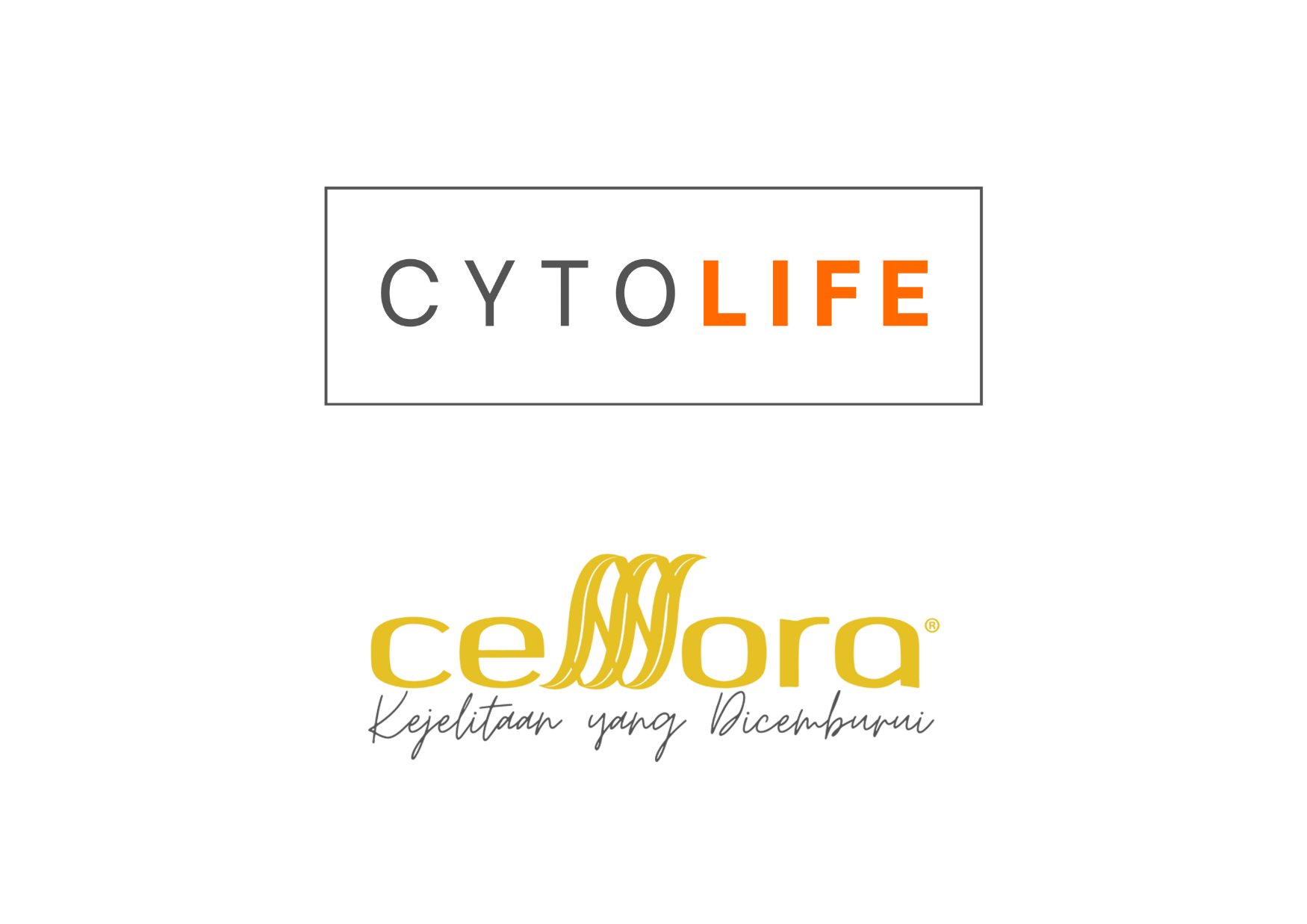
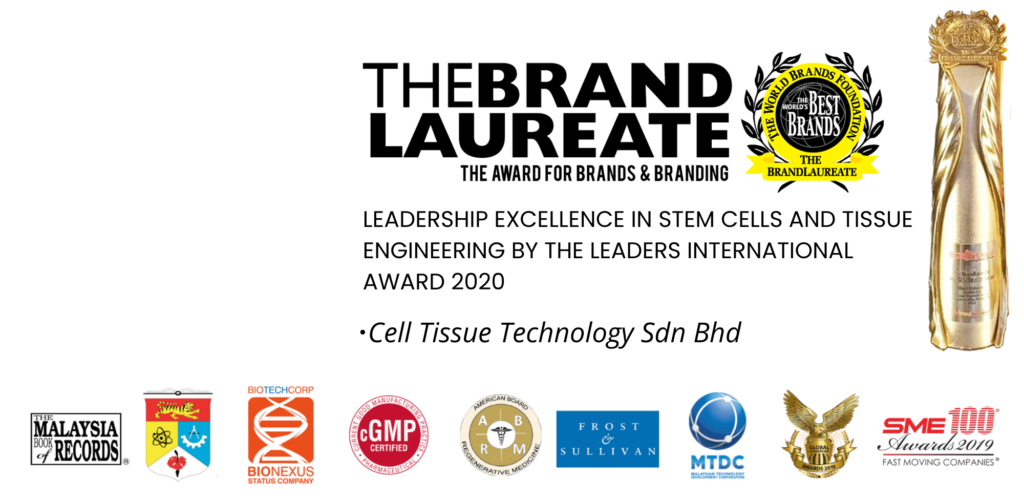
Proudly powered by CTG © 2010-2025 Cell Tissue Group, a Universiti Kebangsaan Malaysia Spin-Off Company. – All Rights Reserved.